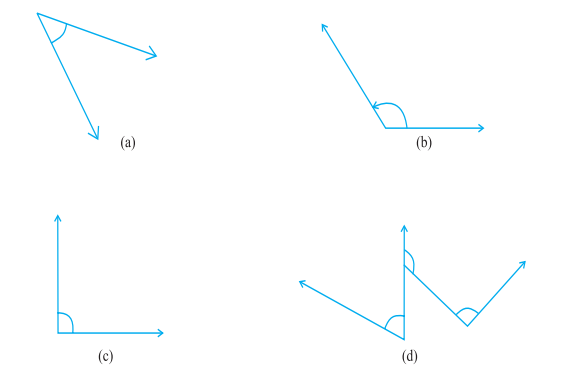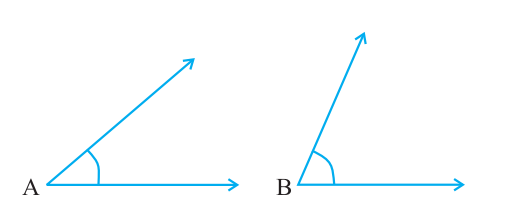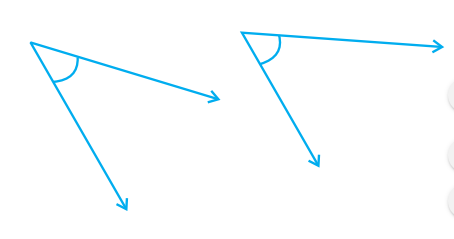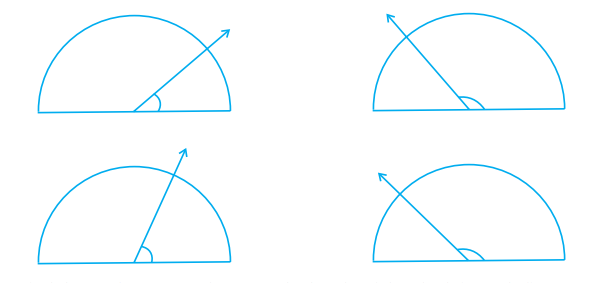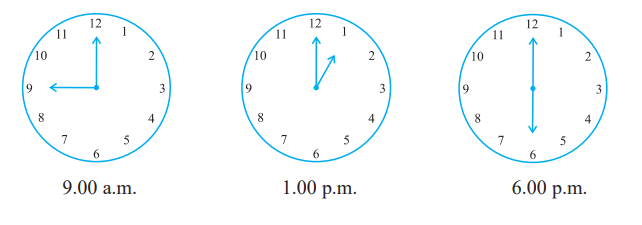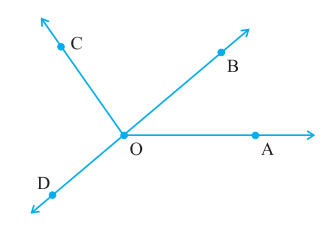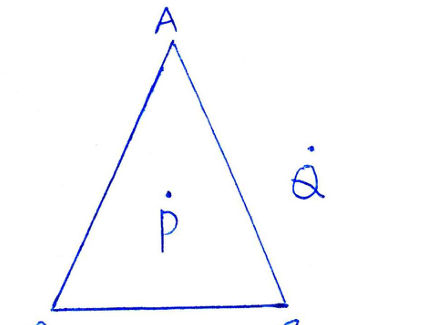Right Angle, Obtuse Angle, Acute Angle, Straight Angle, Measure of angle with protractor, Chapter 5 – Understanding Elementary Shapes – Exercise 5.4 Solutions for class 6 CBSE, Stepwise Solutions for NCERT Class 6 Mathematics Chapter 5 – Understanding Elementary Shapes – Exercise 5.4, Class 6th Maths solutions wikipedia, Questions and Answers for NCERT Mathematics Class 6, Questions and Solutions for NCERT Mathematics Class Sixth Exercise 5.4 of Chapter 5, CBSE Class sixth Maths Solutions, Questions and Solutions for NCERT Class 6th Mathematics Chapter 5 – Understanding Elementary Shapes – Exercise 5.4, Detailed Solutions for NCERT Class 6th Mathematics Chapter 5 – Understanding Elementary Shapes – Exercise 5.4, Questions and Solutions for NCERT Class 6 Mathematics Chapter 5 – Understanding Elementary Shapes – Exercise 5.4, Stepwise Solutions for NCERT Class 6 Mathematics Exercise 5.4, Solutions for NCERT Class 6 Mathematics Chapter 5, Stepwise and detailed solutions for NCERT Class 6 Chapter 5 Exercise 5.4, Detailed Solutions for Solutions for NCERT Class 6 Mathematics, NCERT Class 6th Mathematics Chapter 5 – Understanding Elementary Shapes – Exercise 5.4, Chapter 5 – Understanding Elementary Shapes – Exercise 5.4 NCERT Solutions.
Questions and Solutions for NCERT Class 6th Mathematics Chapter 5 – Understanding Elementary Shapes – Exercise 5.4
1. What is the measure of (i) a right angle? (ii) a straight angle?
Ans: (i) 90 degree
(ii) 180 degree
2. Say True or False :
(a) The measure of an acute angle < 90°.
Ans: True
(b) The measure of an obtuse angle < 90°.
Ans: False
(c) The measure of a reflex angle > 180°.
Ans: True
(d) The measure of one complete revolution = 360°.
Ans: True
(e) If m A∠ = 53° and m B∠ = 35°, then m A∠ > m B∠ .
Ans: True
3. Write down the measures of
(a) some acute angles.
Ans: 45°, 60°
(b) some obtuse angles.
Ans: 150°, 120°
4. Measure the angles given below using the Protractor and write down the measure.
Ans: (a) 40°
(b) 130°
(c) 90°
(d) 60°
5. Which angle has a large measure? First estimate and then measure.
Ans:
∠B has larger measure
Measure of Angle A = 40°
Measure of Angle B = 65°
6. From these two angles which has larger measure? Estimate and then confirm by measuring them.
Ans: Second angle has larger measure.
7. Fill in the blanks with acute, obtuse,
right or straight :
(a) An angle whose measure is less than that of a right angle is acute angle.
(b) An angle whose measure is greater than that of a right angle is obtuse angle.
(c) An angle whose measure is the sum of the measures of two right angles is straight angle.
(d) When the sum of the measures of two angles is that of a right angle, then each one of them is acute angle.
(e) When the sum of the measures of two angles is that of a straight angle and if one of them is acute then the other should be obtuse angle.
8. Find the measure of the angle shown in each figure. (First estimate with your eyes and then find the actual measure with a protractor).
Ans: (a) 30° (b) 120° (c) 60° (d) 150°
9. Find the angle measure between the hands of the clock in each figure :
Ans: (a) 90° (right angle)
(b) 30° (acute angle)
(c) 180° (straight angle)
10. Investigate:
In the given figure, the angle measures 30°. Look at the same figure through a magnifying glass.
Does the angle becomes larger? Does the size of the angle change?
Ans: No, the measure of angle will be same.
11. Measure and classify each angle :
Angle – Measure – Type
∠AOB – 40 – Acute
∠AOC – 130 – Obtuse
∠BOC – 90 – Right
∠DOC – 90 – Right
∠DOA – 140 – Obtuse
∠DOB – 180 – Straight
You can find the solutions for Class 6 Mathematics previous exercises from here
- Chapter 5 – Understanding Elementary Shapes – Exercise 5.3
- Chapter 5 – Understanding Elementary Shapes – Exercise 5.2
- Chapter 5 – Understanding Elementary Shapes – Exercise 5.1
- Basic Geometrical Ideas – Exercise 4.6 Solutions
- Basic Geometrical Ideas – Exercise 4.5 Solutions
- Basic Geometrical Ideas – Exercise 4.4 Solutions
- Basic Geometrical Ideas – Exercise 4.3 Solutions
- Basic Geometrical Ideas – Exercise 4.2 Solutions
- Basic Geometrical Ideas – Exercise 4.1 Solutions
- Playing with Numbers – Exercise 3.7 Solutions
- Playing with Numbers – Exercise 3.6 Solutions
- Playing with Numbers – Exercise 3.5 Solutions
- Playing with Numbers – Exercise 3.4 Solutions
- Playing with Numbers – Exercise 3.3 Solutions
- Playing with Numbers – Exercise 3.2 Solutions
- Playing with Numbers – Exercise 3.1 Solutions
- Whole Numbers – Exercise 2.3 Solutions
- Whole Numbers – Exercise 2.2 Solutions
- Whole Numbers – Exercise 2.1 Solutions
- Knowing Our Numbers Solutions Exercise 1.3 Solutions
- Knowing Our Numbers Solutions Exercise 1.2 Solutions
- Knowing Our Numbers Solutions Exercise 1.1 Solutions
